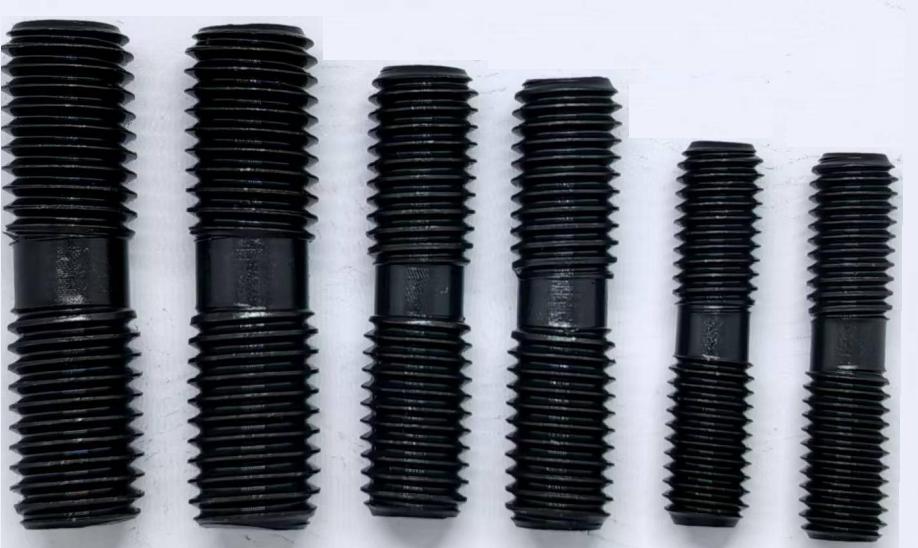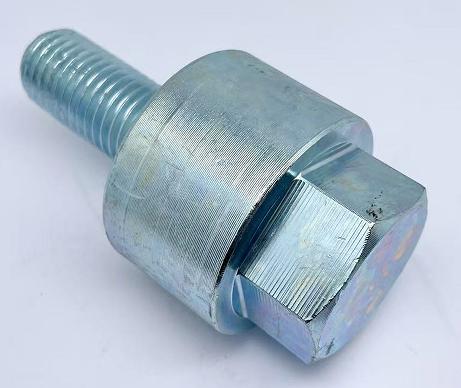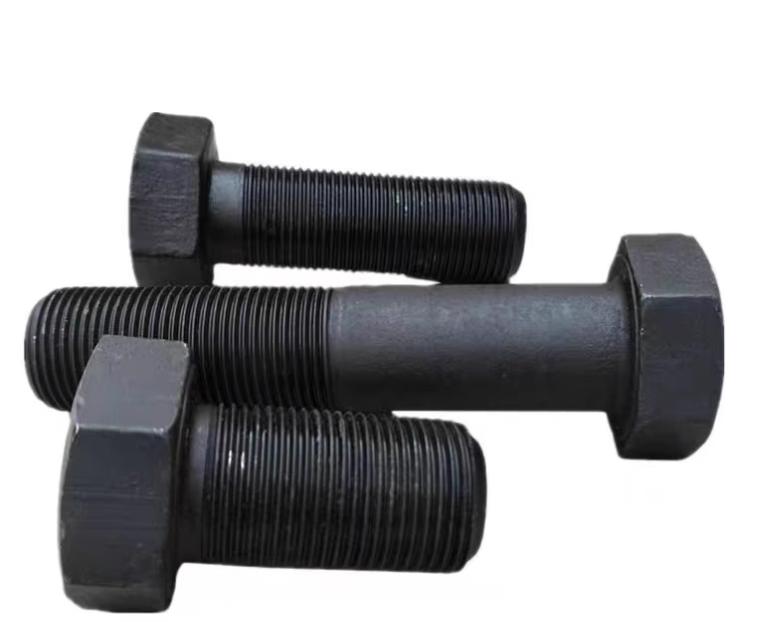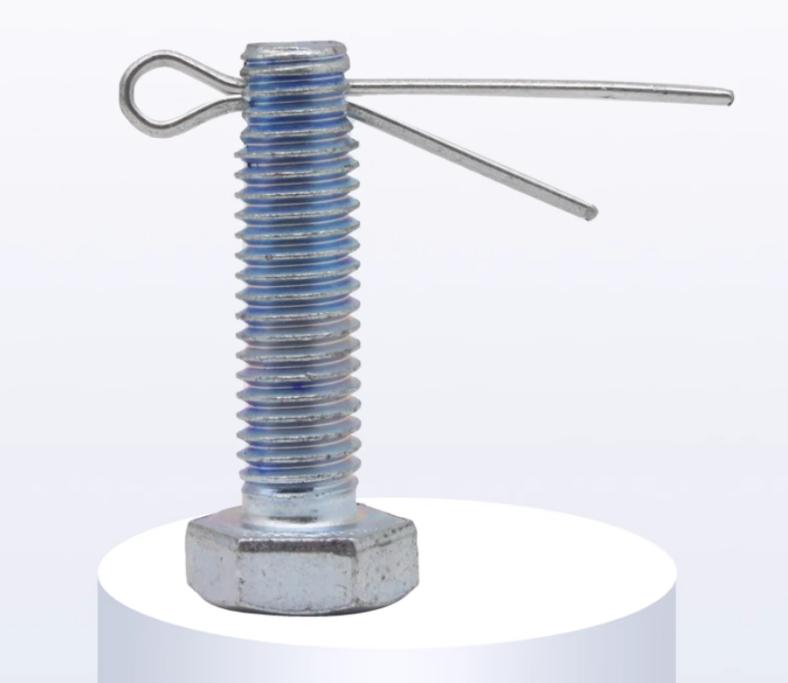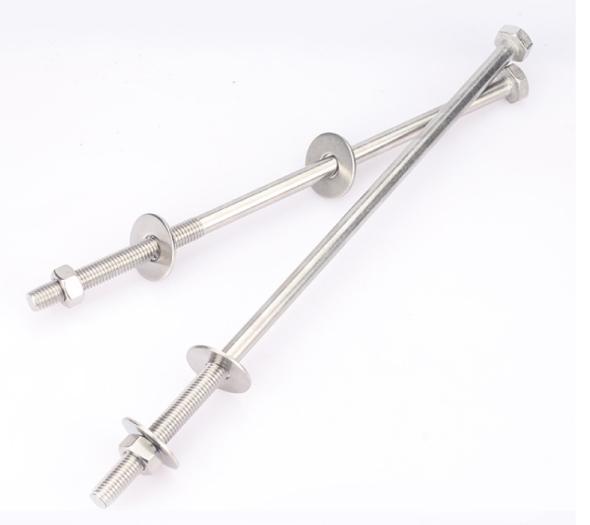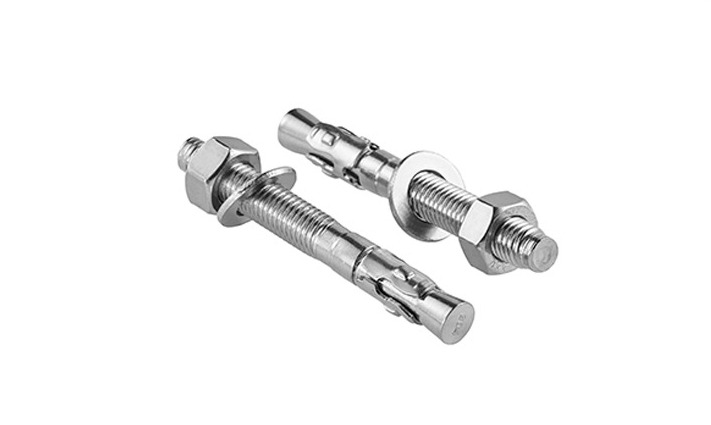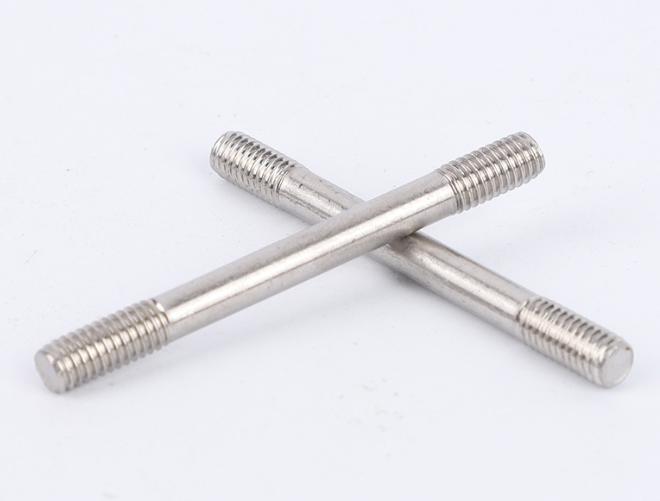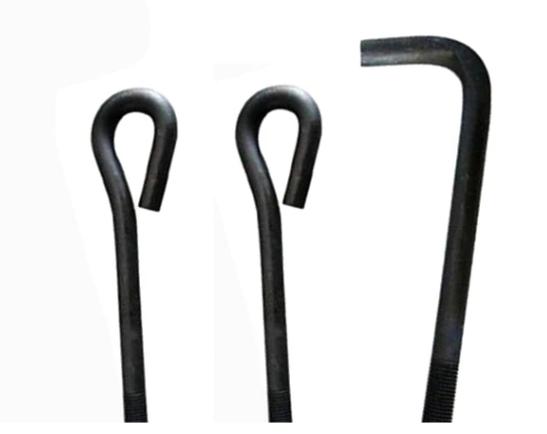Metric vs. Imperial Hex Bolt Compatibility in Global Markets
In an increasingly globalized world of industry, it is essential to ensure that hardware components are compatible across countries is more crucial than ever. One area where standardization challenges frequently arise is in the use of metric vs. imperial hex bolts. Because both measurement systems have different standards for dimension and threading design, their incompatibility could cause significant logistical, technical, and safety concerns for international construction, engineering and manufacturing projects.
This article focuses on the major differences metric and imperial hex bolts, the challenges of compatibility across systems, and how global markets around the world deal with these differences.
Table of Contents
Understanding Metric and Imperial Hex Bolt Systems
The metric system is built on millimeters, is an international bolt standard that is used in a majority of countries that include Europe, Asia, and Latin America. Metric hex bolts follow ISO (International Organisation for Standardization) specifications, for instance, ISO 4014 or ISO 4014 or ISO 4017 which specify sizes, pitch of the thread along with mechanical property.
The imperial system (or the inch-based system) is used primarily for use in the United States and a few other nations. Imperial hex bolts are subject to standards such as those of the ANSI (American National Standard Institute) or ASME (American Society of Mechanical Engineers) which have common kinds comprising UNC (Unified National Coarse) and UNF (Unified National Fine) thread classes.
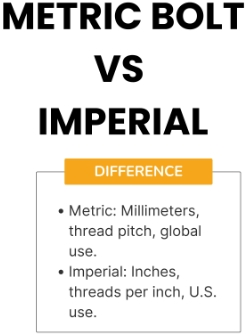
Key Differences Between Metric and Imperial Hex Bolts
This chart provides the most important regional and technical differences between the two hexagonal bolts, aiding in proper selection for international and domestic applications..
| Aspect | Metric Hex Bolts | Imperial Hex Bolts |
| Measurement System | Metric (millimeters) | Imperial (inches) |
| Thread Standards | ISO Metric (e.g., M6 x 1.0, M8 x 1.25) | UNC (Unified National Coarse), UNF (Unified National Fine) |
| Thread Pitch | In millimeters (distance between threads) | It is measured in the number of threads in an inch (TPI) |
| Standardization Bodies | ISO (International Organization for Standardization) | ANSI/ASME (American National Standards Institute / Mechanical) |
| Common Sizes | M4, M6, M8, M10, M12, etc. | 1/4″, 5/16″, 3/8″, 1/2″, etc. |
| Head Dimensions | Based on the metric dimensions of the wrench (e.g. 10mm 13mm, 10mm) | Based on the inch wrench size (e.g. 7/16″, 1/2″) |
| Thread Angle | 60deg (same as imperial, just with the metric spacing) | 60deg (with inch-based spacing) |
| Usage Regions | Most commonly used throughout the world (Europe, Asia, etc.) | Mostly used predominantly in regions like the U.S. and select other areas |
| Interchangeability | Bolts are not interchangeable with imperial bolts. | Bolts are not interchangeable with metric bolts. |
| Applications | Global manufacturing, automotive, electronics, consumer goods | Machines, construction, older technology in the U.S. |
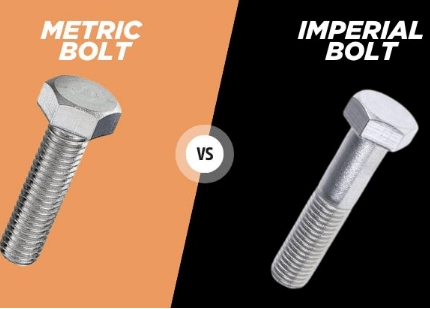
Regional Market Preferences in Metric and Imperial Hex Bolts
This chart reflects the way regional preferences and historical practices affect the selection of hex bolt standards around the world.
| Region | Preferred System | Usage Notes |
| North America | Imperial (inch-based) | A lot of manufacturing and construction equipment as well as in the fields of electronics and automotive. |
| Europe | Metric | Fully standardized on the metric system. ISO-compliant bolts are the standard for all sectors. |
| Asia (e.g., China, Japan, South Korea) | Metric | The preference is for metric, which is in line with global standards for manufacturing. |
| Australia & New Zealand | Metric | Officially, metric. Imperial is utilized in some instances for construction or in older systems. |
| United Kingdom | Metric (with some use of imperial) | Primarily metric, but imperial bolts are still found in older equipment and infrastructure. |
| Middle East | Mixed | Both systems are based on the source of equipment; an increasing shift towards the metric system. |
| Africa | Mixed | Use of bolts depends on trade partners as both imperial bolts and metric bolts are in circulation. |
| South America | Metric | Mostly metric system; it is in line to European norms and ISO standards. |
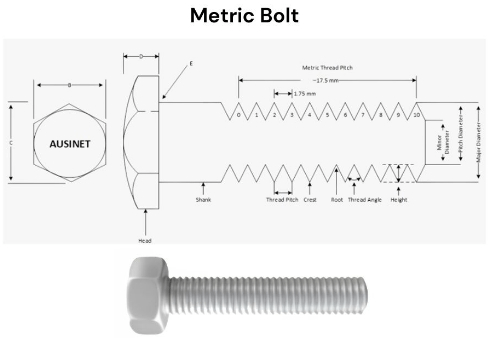
Key Compatibility Challenges in Metric and Imperial Hex Bolts
Metric and imperial hex bolts, while often similar in appearance, differ significantly in the dimensions, thread standards and the tooling requirements . These differences can cause several compatibility issues which can impact the performance, efficiency, and safety.
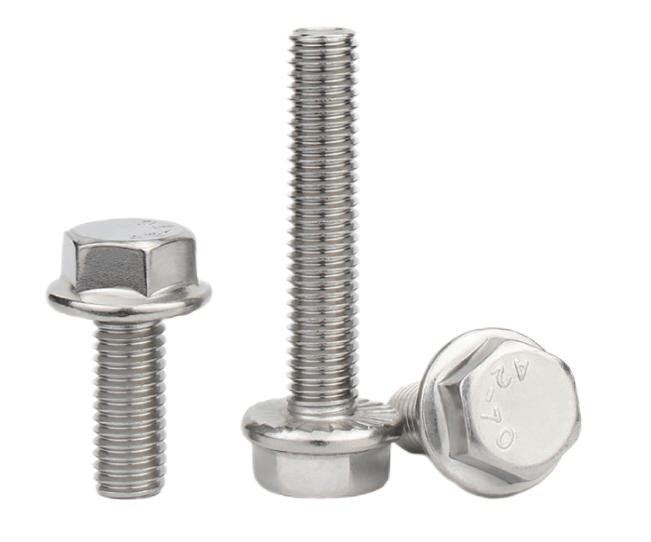
Thread Mismatch and Mechanical Failure
One of the most important problems concerns thread compatibility. Metric bolts have thread pitch in millimeters. Imperial bolts are measured in threads per inches (TPI). In the end, trying to put the metric bolt inside an imperial-threaded opening, or vice versa, could result in partial engagement, which can lead to stripping, cross-threading or an insufficient clamping force. In vibration-prone or high-load environments it can lead to mechanical failure.
Tooling and Assembly Inconsistencies
Different measurement methods require different tools. Metric bolts are usually coupled with millimeter-based wrenches and sockets, while imperial bolts utilize tools that are based on inches. Employing the wrong tools can cut off the bolt’s head or apply torque in a different way and increase the risk of damage occurring during assembly or removal.
In the global environment of maintenance technicians might not possess both kinds of tools, which can lead to delay or repair attempts that are not as effective.
Inventory and Sourcing Complexity
The support of imperial and metric bolts requires separate inventory of fasteners tools, bolts, and spare components. This can increase the cost of storage and makes it difficult to procure particularly when it comes to supply chain management where consistency is essential. Manufacturers should also make sure that the right fasteners are supplied and stored at global service centers in order to ensure compatibility in repairs in the field.
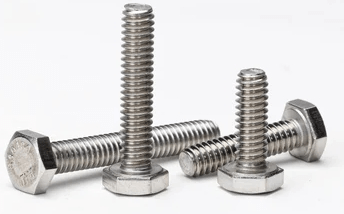
Quality Control and Inspection Challenges
Quality control is more complicated when the two bolt standards are used. A misinterpretation of the bolt’s label or confusion about types can result in improper installation. In inspections, distinguishing between metric and imperial bolts can be a challenge with no precise measuring tools. This increases the chance of non-conformance, particularly in industries that are regulated, such as medical device or aerospace manufacturing.
Design and Retrofitting Limitations
A machine built with one system in mind might not readily accept parts that are compatible with the other. Retrofitting a machine that was built to metric specifications using imperial bolts could require modifications for mounting holes that are threaded or mounted, which can increase the time and expense. Engineers often have to redesign components to close the dimensional gap and add the complexity of what could be a simple maintenance or upgrade.
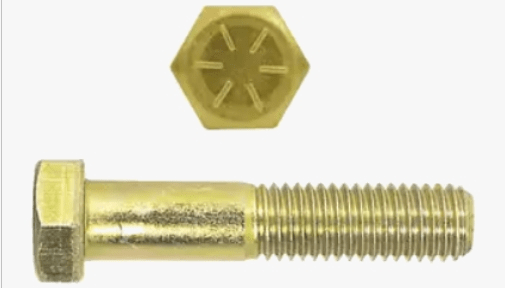
Solutions and Industry Best Practices to Address the Compatibility Issues in Metric and Imperial Hex Bolts
Through embracing standardization, enhancing documentation and implementing flexible design strategies, companies can improve efficiency, safety and reliability in mixed standard environments.
1. Global Standardization Initiatives
The most efficient long-term solutions is to make use of a single standard for fasteners across manufacturing, design and maintenance activities. A number of multinational corporations have made a commitment to the standardization of metric measurements, and are aligned with ISO standards to facilitate procurement and production across different regions.
This reduces the chance of mismatched bolts and tools and reduces the complexity of inventory and helps facilitate a smoother collaboration among teams across the globe. As time passes, standardization can help reduce confusion and improves the compatibility of products in international markets.
2. Dual-System Engineering and Design Adaptability
Where complete standardization is not immediately feasible, especially in sectors with legacy equipment–engineering teams often design components to accommodate both metric and imperial fasteners.
This can include tolerances that allow for slight differences in dimensions or the use of dual thread adapters and inserts which connect systems. Designers can also design “dual-dimension” bolts or nuts that are marked in millimeters as well as inches, which allows for greater flexibility in assembly and sourcing.
3. Clear Documentation and Component Labeling
The clear labeling of the item and the thorough documentation are vital in mixed-standard environments. Fasteners must be labeled with all specifications including thread pitch, diameter and measurement method.
The maintenance manuals and assembly instructions and procurement records must include specific information to stop technicians from utilizing components that are incompatible. Furthermore, color-coded packaging or bin labels can help maintenance personnel quickly recognize if bolts are imperial or metric. imperial.
4. Comprehensive Technician Training
Human error is a frequent factor in the development of problems with fasteners compatibility that are often the result of ignorance of the distinctions between systems. Training for engineers, assemblers, as well as maintenance personnel on proper recognition and handling of imperial and metric bolts is an important best procedure. Training should cover practical guidance on the use of measuring tools, torque applications and the recognition of thread shapes to avoid cross-threading or erroneous substitutions.
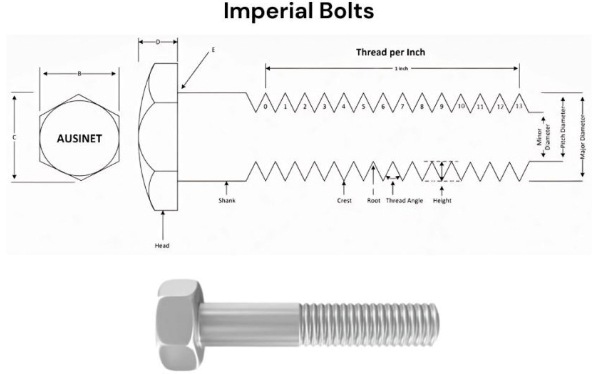
5. Flexible Inventory and Sourcing Strategies
To facilitate operations across multiple locations, businesses often keep inventory of both imperial and metric fasteners. But, this should be planned carefully. Standardizing the sizes commonly used across facilities and restricting the variety of non-essential variations will reduce confusion and help control the cost of inventory.
Purchasing from suppliers that offer imperial and metric variations of products will ensure that fasteners are readily available and compatible with the global standards.
6. Use of Thread Adapters and Conversion Tools
To retrofit and field repair for field repairs, special hardware like thread adapters and inserts (e.g., Helicoils) or universal mount kits may be used to switch between imperial and metric threads. While these solutions aren’t suitable for the original design but they can be useful for extending the lifespan of older equipment, or in adapting machines to the fasteners available in the region of.
7. Digital Design and CAD Integration
Modern CAD software often allows designers to design parts files in imperial and metric units, which makes it simpler to spot and handle possible compatibility issues in the design process. This makes sure that products intended to be used worldwide can be analyzed to determine if they are compatible with fasteners before they are put on the production line.
Some companies have digital libraries for parts that are able to filter components using a measurement system which helps avoid mix-ups due to accidental.
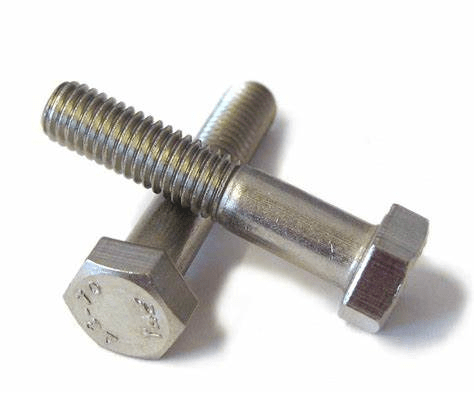
Future Trends in Compatibility of Metric and Imperial Hex Bolts
As industries across the globe continue to standardize and integrate the future of imperial and metric compatibility of hex bolts is advancing towards greater unification and flexibility. A major trend is the increasing use of standards based on metric units, spurred by trade between countries and the increasing importance for ISO certified manufacturing.
In parallel, developments in dual-fit fasteners as well as adaptive threading technologies, as well as intelligent inventory systems are being developed to make it easier for cross-standard use. The use of digital tools for design and supply chain coordination is helping manufacturers create products that have built-in flexibility and reducing the impact of regional variations.
Final Thoughts
The compatibility issues between metric and imperial hex bolts reflect broader challenges in global engineering standards.. Although each system has its regional and historical origins, the demand for uniform practices in a global market is driving industries towards more standardization. By understanding the different aspects, anticipating compatibility challenges and implementing best practices of design and manufacturing, industries can mitigate risk and improve efficiency in international operations.

